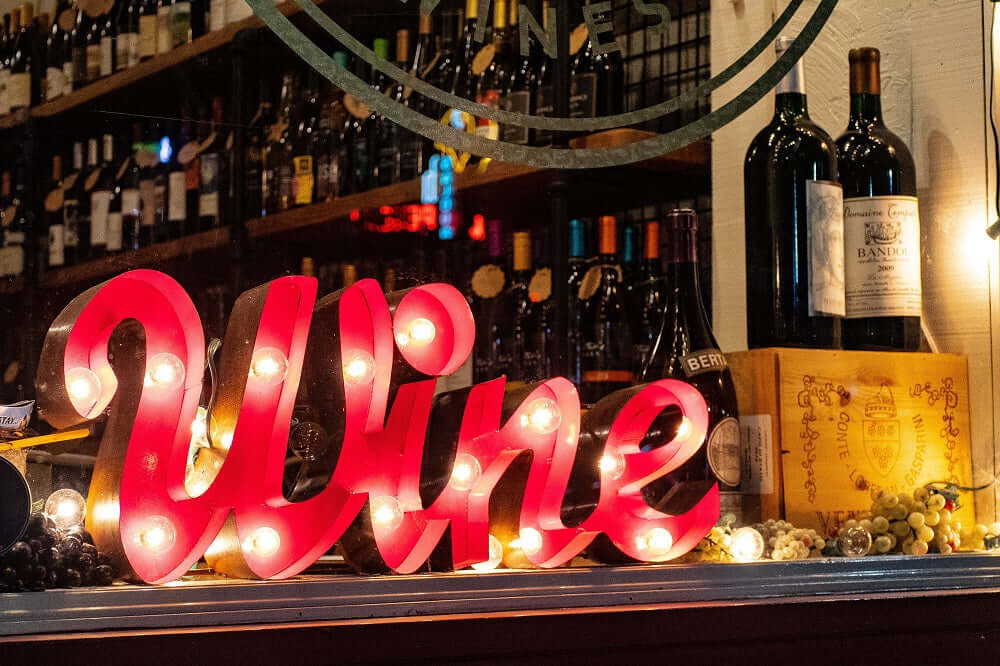Wine tasting, often regarded as an art, goes beyond simply sipping a beverage. It's a journey that engages your senses, stimulates your palate, and opens doors to a world of flavors. In this complete guide to wine tasting, we will unravel the intricacies of appreciating wine, from the visual inspection to understanding the nuances of different varietals.
The Basics of Wine Tasting
The Visual Inspection
Begin your wine tasting journey by visually examining the wine. Observe its color, clarity, and viscosity. This initial step provides insights into the wine's age, grape variety, and even potential faults.
The Olfactory Experience
Swirl the wine gently in your glass, releasing its aromatic compounds. Take a moment to inhale deeply and identify the various scents. The bouquet of a wine can convey information about its origin, grape type, and winemaking techniques.
Evaluating the Taste
Take a small sip and let the wine coat your palate. Pay attention to the different taste sensations, including sweetness, acidity, bitterness, and any unique flavors. Consider the balance between these elements.
Noting the Finish
The finish is the lingering taste left on your palate after swallowing. A long and complex finish often indicates a well-crafted and high-quality wine.
Setting the Stage for Wine Tasting
Choosing the Right Glassware
Selecting the appropriate glass enhances the wine-tasting experience. Different glass shapes can accentuate specific characteristics of the wine, allowing you to fully appreciate its nuances.
Ideal Serving Temperatures
Serve white wines slightly chilled and red wines at cellar temperature. Temperature significantly influences how the flavors and aromas of a wine unfold.
Proper Wine Pouring Techniques
Pour wine into the glass up to one-third full to allow for swirling without spillage. Hold the glass by the stem to prevent warming the wine with your hand.
Developing Your Palate
Understanding Wine Varietals
Familiarize yourself with the major wine varietals and their characteristic flavors. This knowledge serves as a foundation for identifying key attributes during tastings.
Recognizing Common Aromas and Flavors
Practice identifying common wine aromas and flavors. From fruity and floral to spicy and oaky, the more you can recognize, the richer your wine-tasting experience will become.
The Importance of Practice
Like any skill, wine tasting improves with practice. Attend tastings, try different varietals, and note your observations. Developing your palate is an ongoing journey.
Hosting Your Own Wine Tasting
Selecting a Theme
Choose a theme for your tasting, such as wines from a specific region, varietals, or vintages. A theme adds a fun and educational element to the tasting experience.
Choosing the Right Wines
Consider the preferences of your guests and the theme when selecting wines. Offer a variety to showcase different styles and characteristics.
Pairing with Food
Enhance the tasting experience by providing suitable food pairings. Consider cheeses, fruits, and palate cleansers to complement the wines.
Exploring Wine Regions
Notable Wine Regions Around the World
Explore wines from renowned regions like Bordeaux, Napa Valley, Tuscany, and Barossa Valley. Each region contributes unique characteristics to its wines.
Understanding Terroir and Its Influence
Terroir refers to the environmental factors that influence a wine's character. Soil, climate, and topography all play a role in shaping the grapes and, subsequently, the wine.
Tips for Buying and Storing Wine
Decoding Wine Labels
Understanding wine labels helps you make informed choices. Learn to interpret information like grape variety, region, and vintage.
Proper Storage Conditions
Store wine in a cool, dark place with consistent temperature and humidity. Avoid vibrations and store bottles horizontally to keep corks moist.
Aging Potential of Different Wines
Not all wines benefit from aging. Research the aging potential of different varietals and vintages to determine the optimal time to open a bottle.
Common Mistakes to Avoid
Overlooking the Importance of Glassware
Using improper glassware can diminish the tasting experience. Invest in quality glasses to fully appreciate the wine's qualities.
Serving Wines at Incorrect Temperatures
Serving wine too cold or too warm can mask its true flavors. Adhere to recommended serving temperatures for each varietal.
Neglecting Palate Cleansers
Offer palate cleansers like crackers and water between tastings to refresh your senses and avoid flavor contamination.
Wine Tasting Etiquette
Swirling and Sniffing Without Pretension
Engage in swirling and sniffing with genuine curiosity. There's no need for pretentious gestures; focus on enjoying the experience.
Sharing Tasting Notes Respectfully
Discuss your impressions with fellow tasters, but remember that taste is subjective. Respect diverse opinions and embrace the variety of preferences.
Engaging in Conversation
Wine tasting is a social activity. Strike up conversations with fellow enthusiasts, share recommendations, and learn from each other's experiences.
Conclusion
In conclusion, the art of wine tasting is a sensory journey that unfolds with each carefully considered sip. From the visual inspection to the nuanced aromas and flavors, exploring wine is an enriching experience that deepens your appreciation for this timeless beverage. Cheers to the world of wine!
Visit Sam Online Liquor Store
FAQs
-
How can I improve my wine-tasting skills? Practice regularly, attend tastings, and explore a variety of wines to enhance your palate and knowledge.
-
What's the significance of swirling wine in the glass? Swirling aerates the wine, releasing its aromas for a more enjoyable tasting experience.
-
Are there specific foods that pair well with wine? Yes, certain foods complement the flavors of wine. Experiment with cheese, fruits, and charcuterie.
-
How should I store opened bottles of wine? Recork the bottle and store it in the refrigerator. Consume within a few days for optimal freshness.
-
Is there a right or wrong way to describe wine? No, describing wine is subjective. Use your own words and trust your palate when sharing your impressions.

